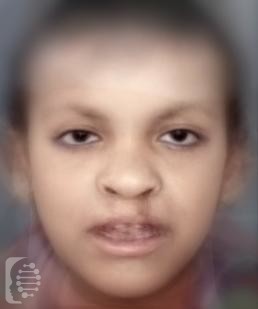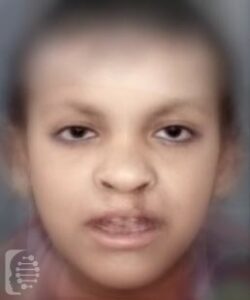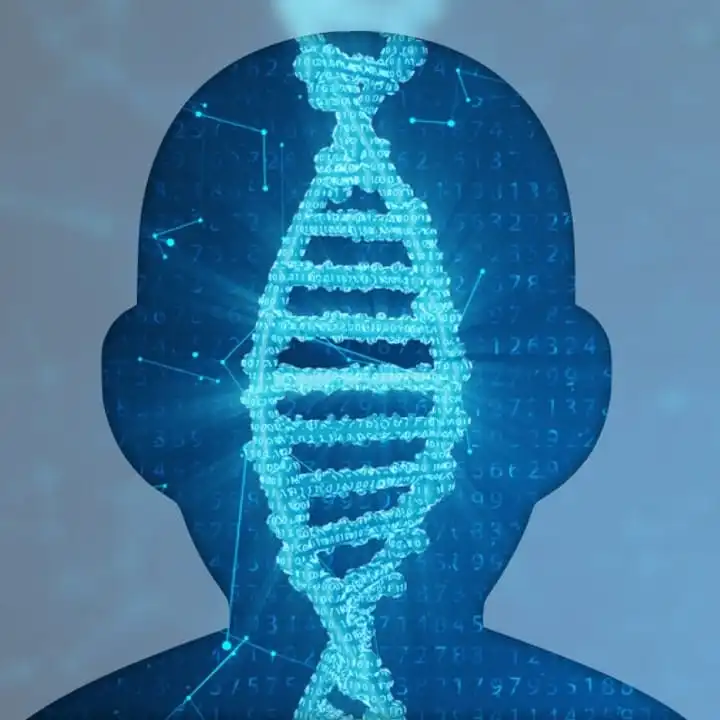What is Cleft Lip/palate-Ectodermal Dysplasia syndrome?
Cleft Lip/Palate-Ectodermal Dysplasia syndrome is a rare genetic condition that presents with 3 specific congenital defects or symptoms.
These symptoms affect the skin, hands, feet, and lips/mouth of affected individuals.
The syndrome was first documented in 1770 in South America.
Syndrome Synonyms:
CLPED1 Ectodermal Dysplasia, Cleft Lip And Palate, Mental Retardation, and Syndactyly Ectodermal Dysplasia; Margarita Island Type Ectodermal Dysplasia, Type 4; ED4 Margarita Island ectodermal dysplasia; Zlotogora-Ogur Syndrome
What gene change causes Cleft Lip/Palate-Ectodermal Dysplasia syndrome?
Mutations in the NECTIN1 gene are responsible for causing the syndrome. It is inherited in an autosomal recessive pattern. However, other 15 genes have been described for orofacial cleftings that may be or may be not accopanied by ectrodermal dysplasia.
What are the main symptoms of Cleft Lip/Palate-Ectodermal Dysplasia syndrome?
The 3 main features of this rare disease are:
- Ectrodactyly: This leads to lobster-claw hands and feet
- Ectodermic dysplasia: fine, short hair, absent eyebrows and eyelashes, nails that do not develop properly
- Cleft lip, with or without a cleft palate
Other symptoms or features associated with the syndrome include intellectual disability, midface hypoplasia, hypopigmentation of the skin, hearing loss, short stature, blindness, and nipple abnormalities.
Possible clinical traits/features:
Malar flattening, Downslanted palpebral fissures, Ectodermal dysplasia, Cleft upper lip, Cutaneous syndactyly of toes, Cutaneous finger syndactyly, Finger syndactyly, EEG abnormality, Abnormal fingernail morphology, Abnormality of the ear, Abnormal toenail morphology, Abnormal nipple morphology, Abnormality of the ureter, Abnormality of the philtrum, Carious teeth, Wide nasal bridge, Nail dysplasia, Alopecia, Anodontia, Cleft palate, Neurological speech impairment, Abnormality of hair texture, Abnormality of dental morphology, Abnormality of dental enamel, Micrognathia, Microdontia, Macrotia, Sparse lateral eyebrow, Reduced number of teeth, Triangular face, Recurrent respiratory infections, Sparse and thin eyebrow, Synophrys, Pili torti, Scrotal hypoplasia, Autosomal recessive inheritance, Sparse eyelashes, Seizure, Single transverse palmar crease, Palmoplantar hyperkeratosis, Toe syndactyly, Progressive hypotrichosis, Hyperkeratosis, Hyperlordosis, Hypohidrosis, Hypodontia, Hypoplasia of the zygomatic bone.
How is it diagnosed?
To find out if someone has a diagnosis of Cleft Lip/Palate-Ectodermal Dysplasia syndrome, it is important to have a consultation and evaluation with a clinical genetic specialist. Specialists may also suggest specific genetic testing or other types of tests to help reach a diagnosis. FDNA’s AI technology can help speed up the diagnostic process by analyzing facial features and other health information.


